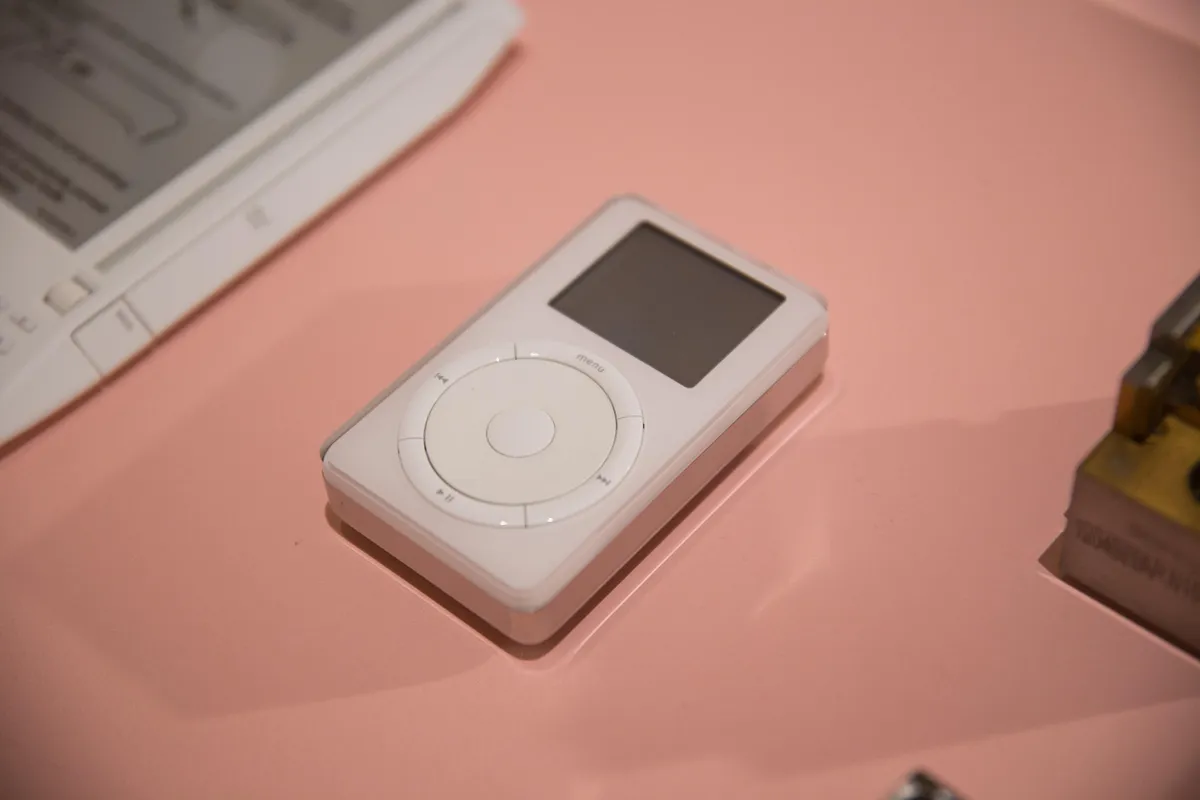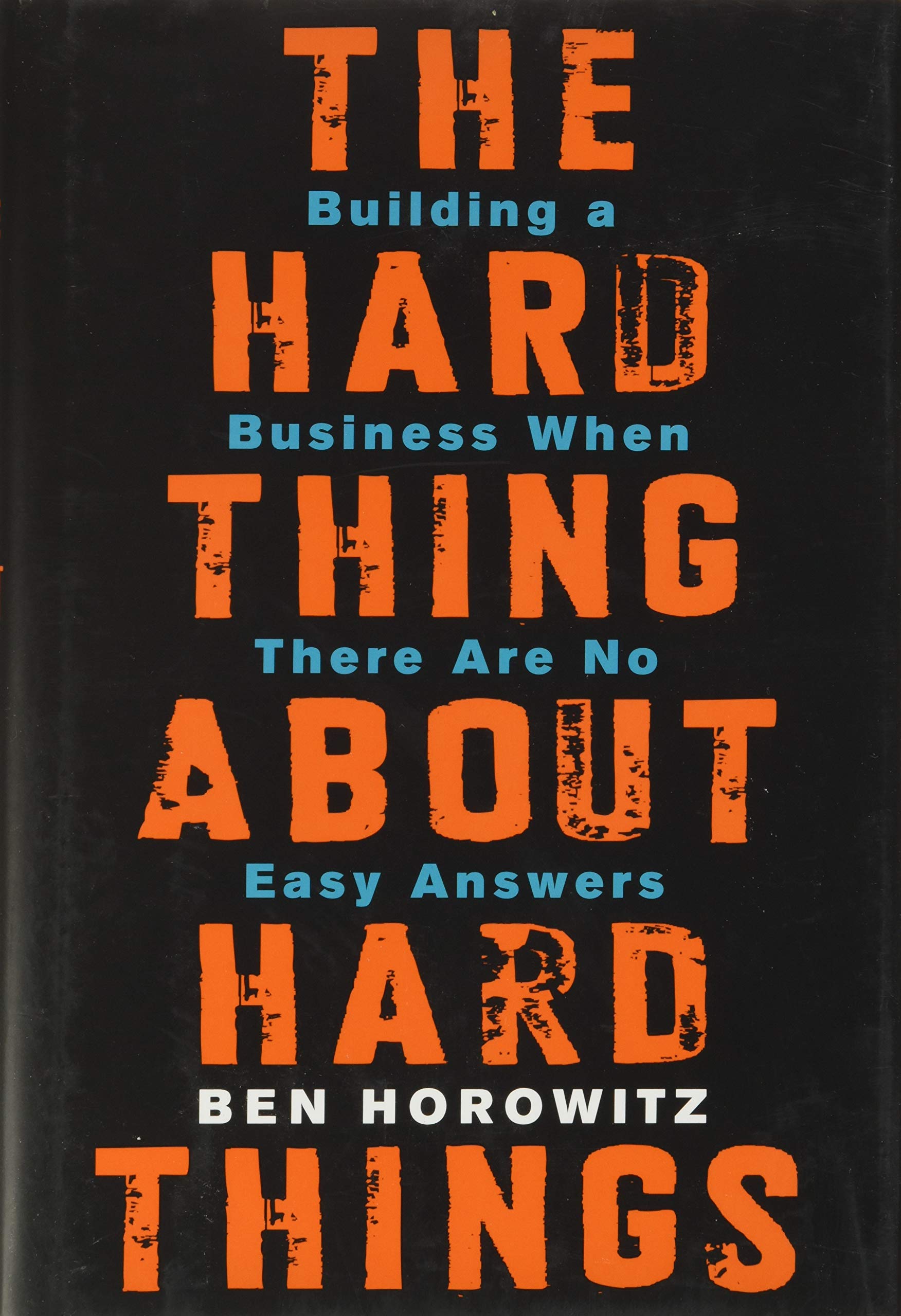François-Marie Arouet
Good design is not timeless, it is timely
A different perspective to the cliché.

The cliché case study
Let us take the humble iPod, once revered for its beautiful design. Jony Ive was elevated to mainstream stardom as the designer of the iPod (London Museum's first Designer of the Year in 2003). His work started with that colourful iMac at Apple, but it was the iPod that marked the change in fortunes for Apple.
The iPod is used by every thought leader as an anecdotal story of "how doing X will lead to success". Often at the expense of the Zune, I almost feel sorry for that hulk of silicone, it gets such a bad rap.
People hail the sound dial, the digital medium, the marketing even the belief that the product made people feel different.
A timeless design surely? But today how much of the iPod's design is still in use today? How much of its DNA is left in products today?
The device
Well if you can even find someone using a dedicated music player, it won't reflect the majority.
The dial
Most music players now are on phones. The interface largely sits in the background, many control it by voice or other automation modality. Most people will be familiar with a simple skip and pause UI. The dial has long gone both physically and digitally. A large consequence of how the format has driven a paradigm shift in how we listen to music.
The format
MP3s have gone the way of the vinyl, nobody uses MP3s downloaded to a device anymore. People adopted streaming services instead. The entire paradigm of storage has gone and a new era of music as a service has arrived instead.
This has also led to a behaviour change as we now listen to music like we used to consume broadcast television. Playlists are curated, albums have lost their prominence and the need to cycle through known tracks has been replaced by the variable reward of an algorithmically generated playlist.

The collapse of Boo
Boo was a dotcom bubble burster. It was one of the world's early online only retailers and was launched, eventually, with a great fanfare.
It turned out the user experience was more well suited to the year 2010 rather than 1998 the year it launched. With javascript and flashed prolific across the experience people who were driven to the product by huge marketing budgets quickly found they couldn't load the pages on their 56k dial-up connections.
Boo.com spent an impressive $125 million in six months which is, even by today's standards, staggering.
They had failed to consider the user and paid the heaviest price, going into liquidation in 2000.

Being mindful of your era
Steven Sasson invited the first digital camera, Woah, look at that thing! Not a classic in the looks department.
Sasson was mindful of his user and their mindset, and to avoid being one of those 'ahead of its time' products he was mindful of the time.
The camera could have had the capacity to store 50,100 images. A seemingly infinitesimal amount today, back then however this could have proved one paradigm shift too many, for many. He wanted the digital camera to be like any other camera. So it had an exposure count of 30, that was a middle number between the 24 and 36 exposure roles of the cameras of the time.
While this was a great example of being mindful of users, an interview with Sasson revealed he had merely touched the surface as he was challenged, by his investors, as to the impact his device might have on photography.
Art vs Design
I started by considering how a master piece in the art world still holds the same utility today as it did when it was invented, even accruing in value as time goes on.
Every time I started writing this segment, I entered a rabbit hole, a whole new dimension to the conversation I couldn't land succinctly. Suffice to say will save this for another time.
For the time being, let us just say that within Design there is Art and there is an Art to Design.
Wrapping up
We've seen how even the most iconic designs of our time haven't lived on, even as a concept, as the world has moved on. We've seen companies arrive too soon, and one getting it just right (although spoiler alert! Kodak went bust because they didn't embrace digital).
Do I have the ingredients for a timeless design, afraid not. I can't even give you the ingredients for a timely design, there are plenty of gurus out there trying to tell you what that looks like with their iPod case studies. 🤣
What I can say is that while some design will live fondly in our memories you must always be moving forward to remain relevant in the infinite game of product design.
Note
Random Quote
Perfect is the enemy of good
Good Reads
The Hard Thing About Hard Things

We use cookies and similar technologies to improve your experience on our website.